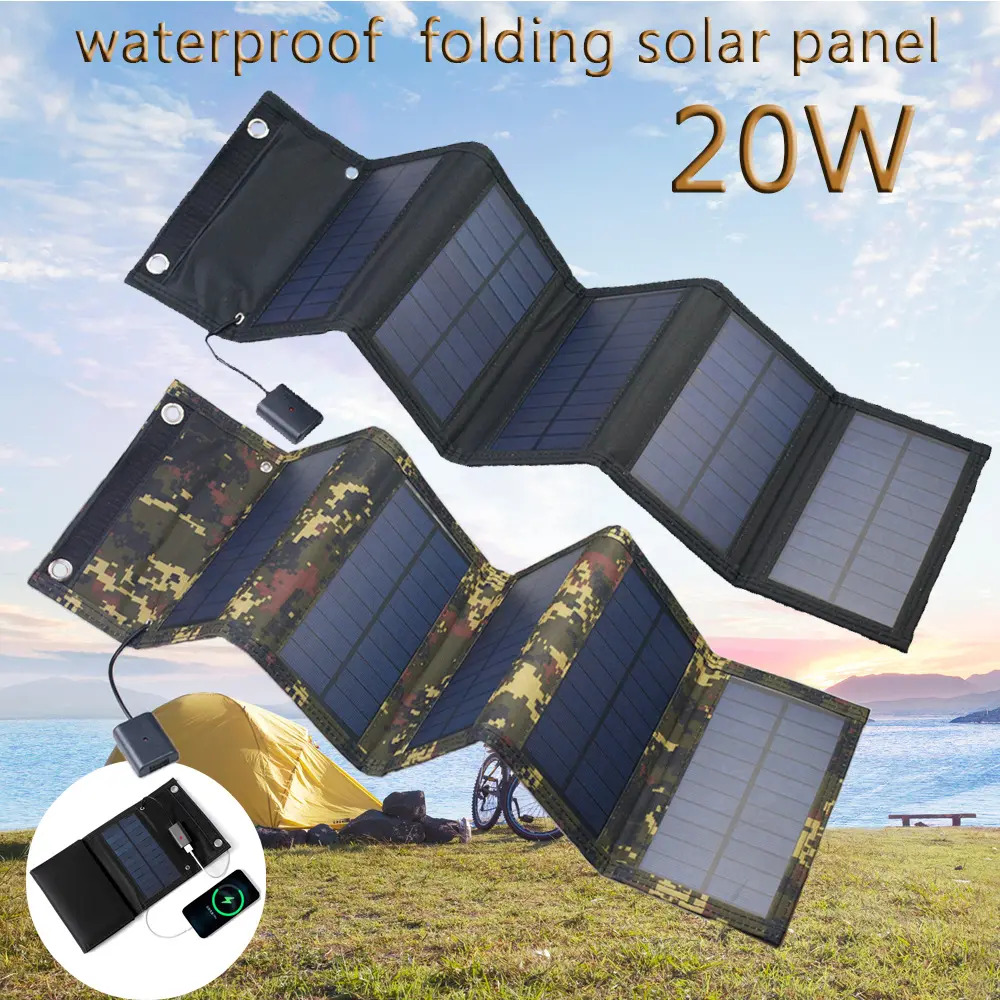The types of batteries are: dry batteries, lead batteries, lithium batteries.
1、 Dry cell
The dry battery is also called manganese zinc battery. The so-called dry battery is relative to the voltaic battery, and the so-called manganese zinc refers to its raw materials. For dry cells made of other materials, such as silver oxide batteries and nickel cadmium batteries. The voltage of manganese zinc battery is 1.5V. Dry cells consume chemical materials to generate electricity. Its voltage is not high, and the continuous current can not exceed 1 ampere.
2、 Lead storage battery
Battery is one of the most widely used batteries. Fill a glass tank or plastic tank with sulfuric acid, and then insert two lead plates. One is connected to the positive pole of the charger and the other is connected to the negative pole of the charger. After more than ten hours of charging, a battery is formed. It has a voltage of 2 volts between the positive and negative poles. The advantage of the battery is that it can be used repeatedly. In addition, because its internal resistance is very small, it can provide a large current. It can be used to supply power to the car engine, and the instantaneous current can reach more than 20 amperes. When the battery is charged, it stores electrical energy, and when discharged, it converts chemical energy into electrical energy.
3、 Lithium battery
A battery with lithium as the negative electrode. It is a new type of high-energy battery developed after the 1960s. It can be divided into:
① High temperature molten salt lithium battery;
② Organic electrolyte lithium battery;
③ Inorganic non-aqueous electrolyte lithium battery;
④ Solid electrolyte lithium battery;
⑤ Lithium water battery.
Lithium battery has the advantages of high voltage, large specific energy, long storage life (up to 10 years), good high and low temperature performance, and can be used at - 40~150 ℃. The disadvantage is that the price is expensive and the security is not high. In addition, voltage hysteresis and safety problems need to be improved. The development of power batteries and new cathode materials, especially lithium ferrous phosphate, will greatly help the development of lithium batteries.









